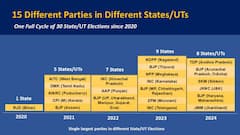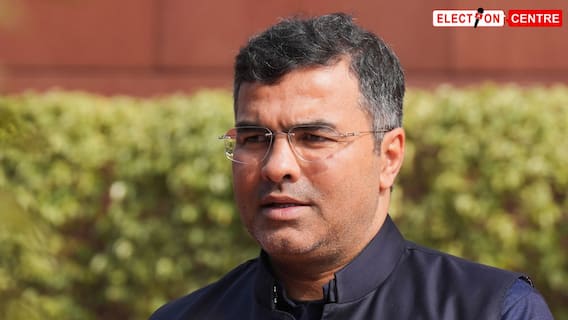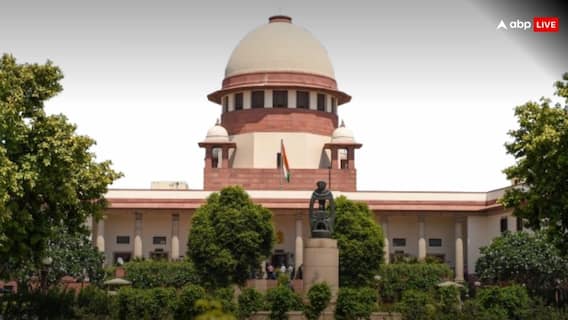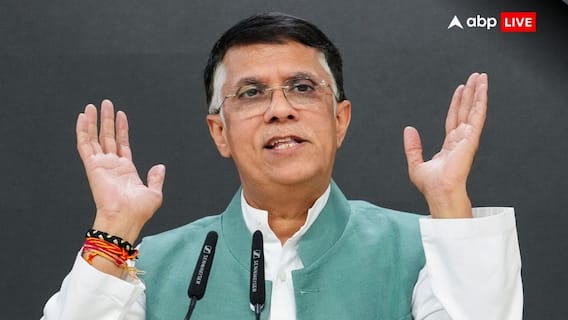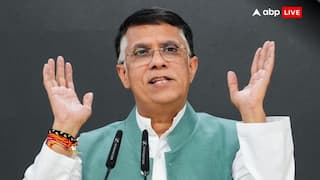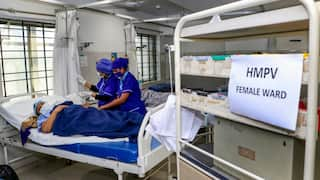Explorer
Advertisement
Moody's upgrades rating of India; terms GST, demonetisation as positive moves
Moody's upgrades rating of India; terms GST, demonetisation as positive moves
US-based Moody's today upgraded India's sovereign credit rating by a notch to 'Baa2' with a stable outlook citing improved growth prospects driven by economic and institutional reforms.
The rating upgrade comes after a gap of 13 years - Moody's had last upgraded India's rating to 'Baa3' in 2004. In 2015, the rating outlook was changed to 'positive' from 'stable'.
The 'Baa3' rating was the lowest investment grade – just a notch above 'junk' status.
"The decision to upgrade the ratings is underpinned by Moody's expectation that continued progress on economic and institutional reforms will, over time, enhance India's high growth potential and its large and stable financing base for government debt, and will likely contribute to a gradual decline in the general government debt burden over the medium term," Moody’s said in a statement.
The global ratings agency, however, cautioned that high debt burden remains a constraint on the country's credit profile.
"Moody's believes that the reforms put in place have reduced the risk of a sharp increase in debt, even in potential downside scenarios," it said.
Moody's Investors Service upgraded the Government of India's local and foreign currency issuer ratings to 'Baa2' from 'Baa3' and changed the outlook on the rating to stable from positive, the statement said.
Stating that reforms will foster sustainable growth prospects, the US-based agency said the government is mid-way through a wide-ranging programme of economic and institutional reforms.
"While a number of important reforms remain at the design phase, Moody's believes that those implemented to-date will advance the government's objective of improving the business climate, enhancing productivity, stimulating foreign and domestic investment, and ultimately fostering strong and sustainable growth," Moody’s said.
The reform programme will thus complement the existing "shock-absorbance capacity" provided by India's strong growth potential and improving global competitiveness, it added.
Reforms like Goods and Services Tax (GST) will promote productivity by removing barriers to interstate trade.
Also improvements to the monetary policy framework, measures to address the overhang of non-performing loans (NPLs) in the banking system and those like demonetisation, the Aadhaar system of biometric accounts, and targeted delivery of benefits through the Direct Benefit Transfer (DBT) system are intended to reduce informality in the economy.
Other important measures which have yet to reach fruition include planned land and labor market reforms, which rely to a great extent on cooperation with and between the states, it said.
"Most of these measures will take time for their impact to be seen, and some, such as the GST and demonetisation, have undermined growth over the near term," it added.
Moody's expects GDP growth to moderate to 6.7 per cent in the fiscal year ending in March 2018.
However, as disruption fades, assisted by recent government measures to support SMEs and exporters with GST compliance, real GDP growth will rise to 7.5 per cent next fiscal, with similarly robust levels of growth from FY2019 onward.
"Longer term, India's growth potential is significantly higher than most other Baa-rated sovereigns," Moodys noted.
For latest breaking news, other top stories log on to: http://www.abplive.in & https://www.youtube.com/c/abpnews
US-based Moody's today upgraded India's sovereign credit rating by a notch to 'Baa2' with a stable outlook citing improved growth prospects driven by economic and institutional reforms.
The rating upgrade comes after a gap of 13 years - Moody's had last upgraded India's rating to 'Baa3' in 2004. In 2015, the rating outlook was changed to 'positive' from 'stable'.
The 'Baa3' rating was the lowest investment grade – just a notch above 'junk' status.
"The decision to upgrade the ratings is underpinned by Moody's expectation that continued progress on economic and institutional reforms will, over time, enhance India's high growth potential and its large and stable financing base for government debt, and will likely contribute to a gradual decline in the general government debt burden over the medium term," Moody’s said in a statement.
The global ratings agency, however, cautioned that high debt burden remains a constraint on the country's credit profile.
"Moody's believes that the reforms put in place have reduced the risk of a sharp increase in debt, even in potential downside scenarios," it said.
Moody's Investors Service upgraded the Government of India's local and foreign currency issuer ratings to 'Baa2' from 'Baa3' and changed the outlook on the rating to stable from positive, the statement said.
Stating that reforms will foster sustainable growth prospects, the US-based agency said the government is mid-way through a wide-ranging programme of economic and institutional reforms.
"While a number of important reforms remain at the design phase, Moody's believes that those implemented to-date will advance the government's objective of improving the business climate, enhancing productivity, stimulating foreign and domestic investment, and ultimately fostering strong and sustainable growth," Moody’s said.
The reform programme will thus complement the existing "shock-absorbance capacity" provided by India's strong growth potential and improving global competitiveness, it added.
Reforms like Goods and Services Tax (GST) will promote productivity by removing barriers to interstate trade.
Also improvements to the monetary policy framework, measures to address the overhang of non-performing loans (NPLs) in the banking system and those like demonetisation, the Aadhaar system of biometric accounts, and targeted delivery of benefits through the Direct Benefit Transfer (DBT) system are intended to reduce informality in the economy.
Other important measures which have yet to reach fruition include planned land and labor market reforms, which rely to a great extent on cooperation with and between the states, it said.
"Most of these measures will take time for their impact to be seen, and some, such as the GST and demonetisation, have undermined growth over the near term," it added.
Moody's expects GDP growth to moderate to 6.7 per cent in the fiscal year ending in March 2018.
However, as disruption fades, assisted by recent government measures to support SMEs and exporters with GST compliance, real GDP growth will rise to 7.5 per cent next fiscal, with similarly robust levels of growth from FY2019 onward.
"Longer term, India's growth potential is significantly higher than most other Baa-rated sovereigns," Moodys noted.
For latest breaking news, other top stories log on to: http://www.abplive.in & https://www.youtube.com/c/abpnews
India

Stampede At Tirupati Balaji Temple Leaves 6 Dead, Security Concerns Raised As Large Crowd Gathers For Vaikuntha Dwara Darshan Tokens | ABP News

Tensions Escalate Within India Alliance As AAP Gains Support From Regional Parties, While Congress Faces Isolation Ahead Of Delhi Elections | ABP News

Kejriwal Writes To Modi On Jat Reservation, Pravesh Verma Accuses Kejriwal Of Meeting EC Over Fake Voters And Note Distribution | ABP News

Mahakumbh 2025: Ravinder Puri Maharaj Delivers Powerful Message On Preserving Sanatan Culture | ABP News

Bihar Elections: RJD Spokesperson Shakti Yadav's Big Statement On INDIA Alliance | ABP News
View More
Advertisement
Advertisement
Advertisement
Top Headlines
Election 2025
India
Election 2025
Cities
Advertisement
Trending News


Nayanima Basu
Opinion



















